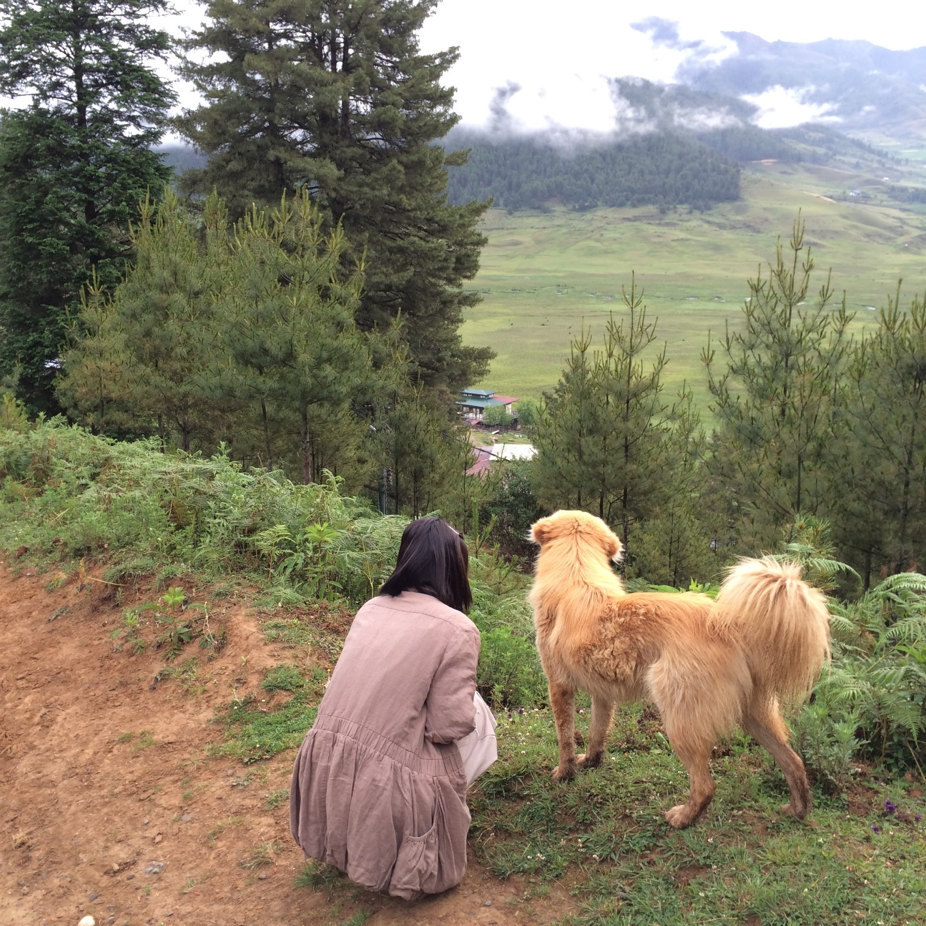
As the jagged array of lush mountains loomed into view, pure contentment pervaded my senses. This was an elusive sensation back in Singapore but a ubiquitous one in this foreign land. Perplexed, I sought to discern the contrast between these two countries.
Bhutan was silently tucked away until it opened its borders merely 50 years ago, enthralling the world with novel ideas of happiness and sustainable living. By contrast, in just 50 years Singapore blossomed into a bustling metropolis, but still falters in terms of prioritising nature over economic progress.
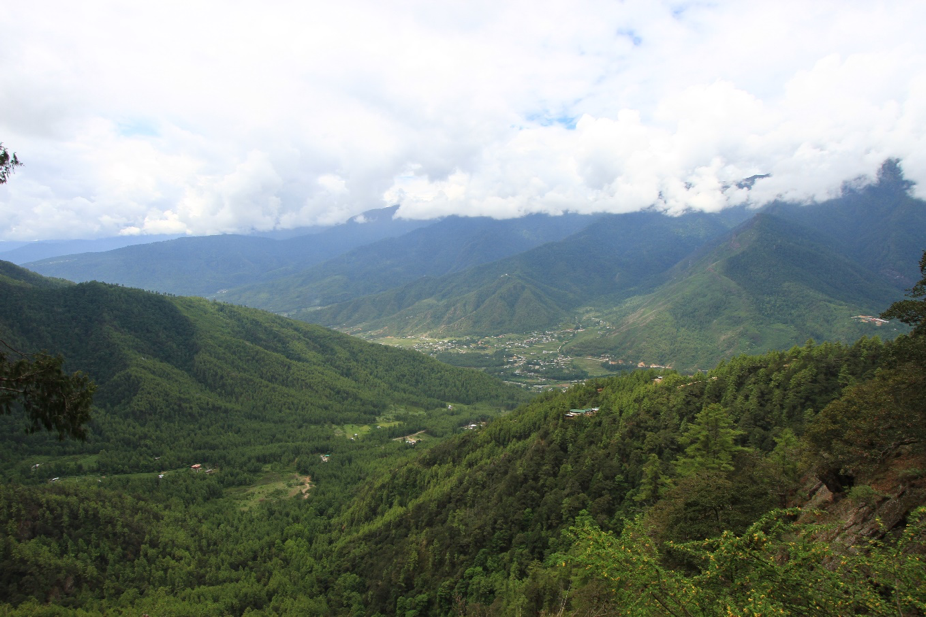
Taste: Agriculture
A traditional Bhutanese saying goes: “It is better to have milk and cheese many times, than beef just once.” Bhutan upholds this belief with its no-killing policy. With no slaughterhouses, Bhutan is a predominantly agrarian society. My most memorable Bhutanese dish was chilli cheese, a simple fare with an indelible piquant aroma.
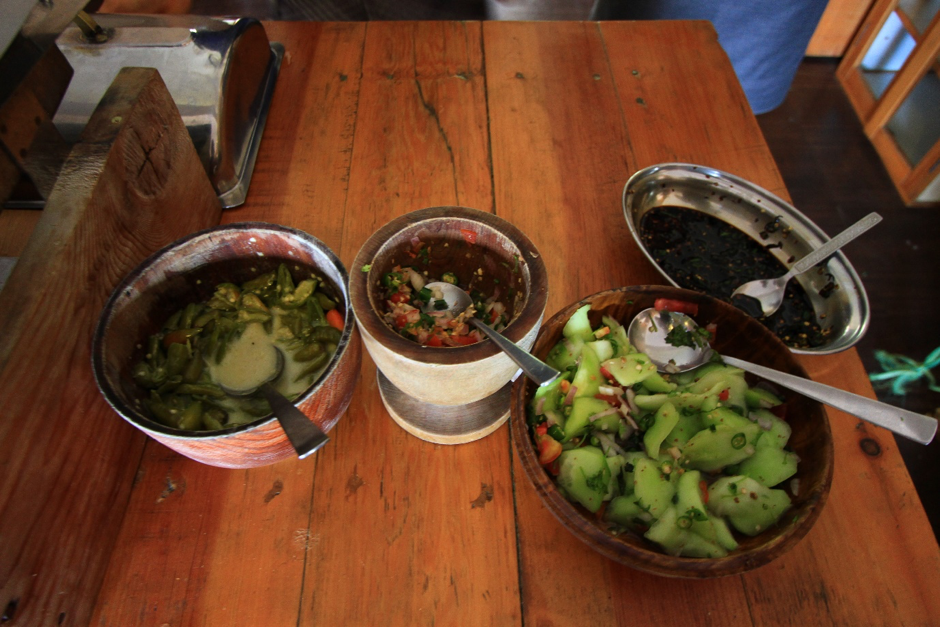
Unfortunately, however, I learned that climate change has lowered the yield of traditional crop varieties that comprise these humble dishes. In response, Bhutan has found ways to cultivate climate-resistant crop varieties and employ terracing.
By implementing Sustainable Land Management practices, Bhutan has built agroforestry and agro-silvopastoral systems whereby forest ecosystems are integrated with the forestry industry and pastoral farming.
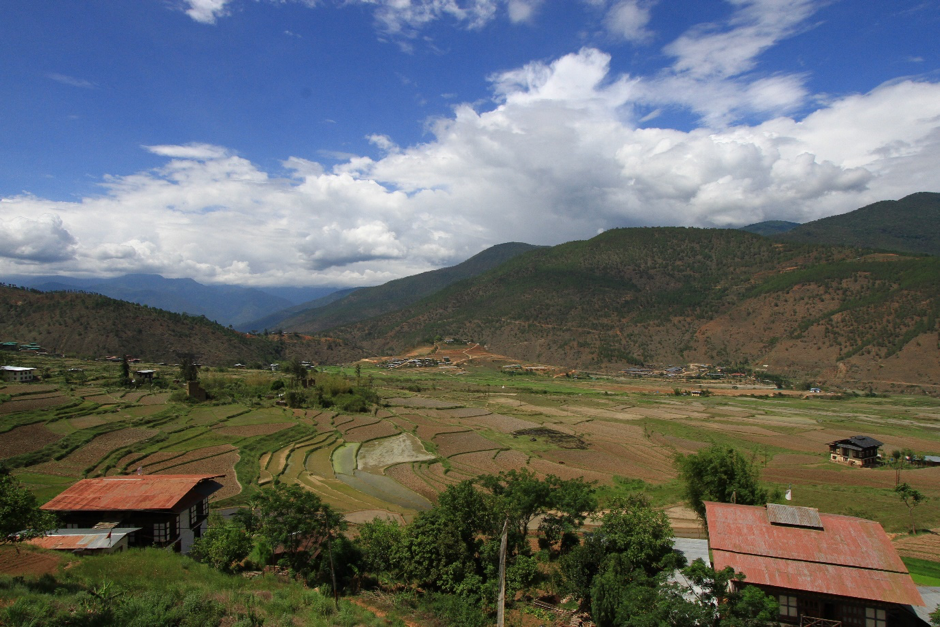
These systems will improve soil fertility and agrobiodiversity while reducing crop vulnerability. By developing organic farming practices, Bhutan avoids any significant environmental defilement while creating a niche sector in the greening global market.
Scent: Forestry
Crisp air permeated our lungs, a scent of alpine trees. With 72% of the country covered by pristine forests, Bhutan is the world’s only net carbon sink. Bhutan’s forests provide US$14 billion in ecosystem services annually, more than six times the country’s total GDP. 53% of this US$14 billion contribution is in the form of climate regulation, protection of crucial watersheds and biodiversity preservation.
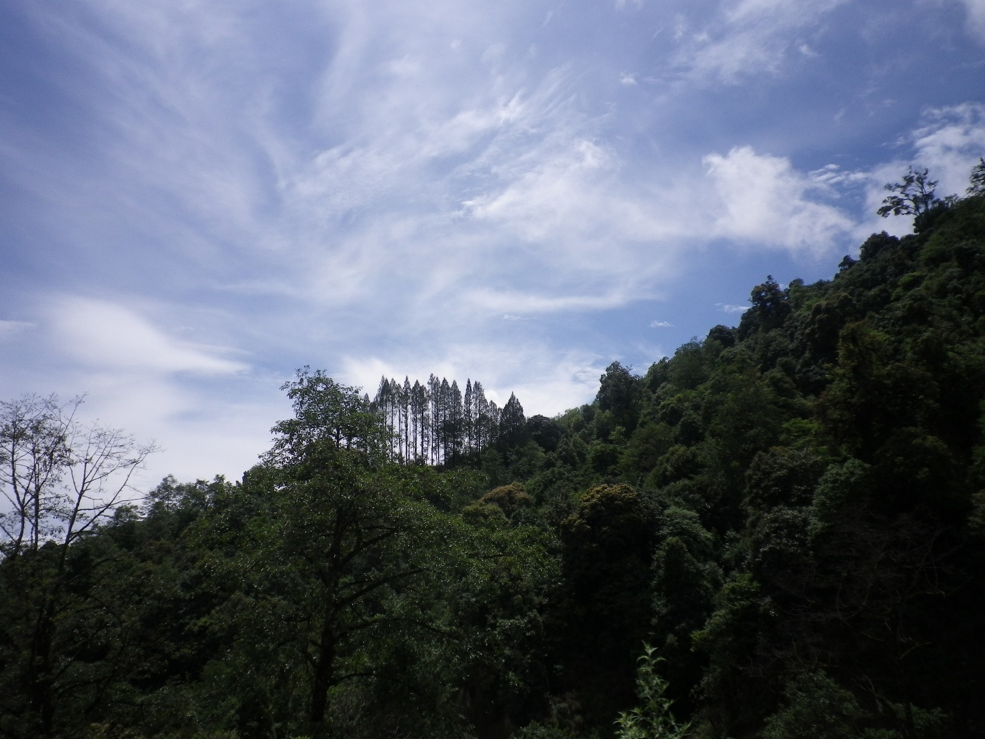
In a world so reluctant to cut carbon emissions for fear of incurring economic losses, Bhutan is a paragon of how one of the smallest economies in the world is playing a significant role in the fight against global warming.
Sight: Biodiversity
Bhutan is a global biodiversity hotspot. Despite being home to three of the Global 200 ecoregions, Bhutan’s unique biodiversity is still under threat. Climate change influences the phenological character of plants and migratory patterns of wildlife, threatening the survival of endemic species. To preserve the stability and integrity of their ecosystem, Bhutan has successfully created climate-smart biological corridors, connecting landscapes to allow animals to roam freely and biodiversity to flourish.
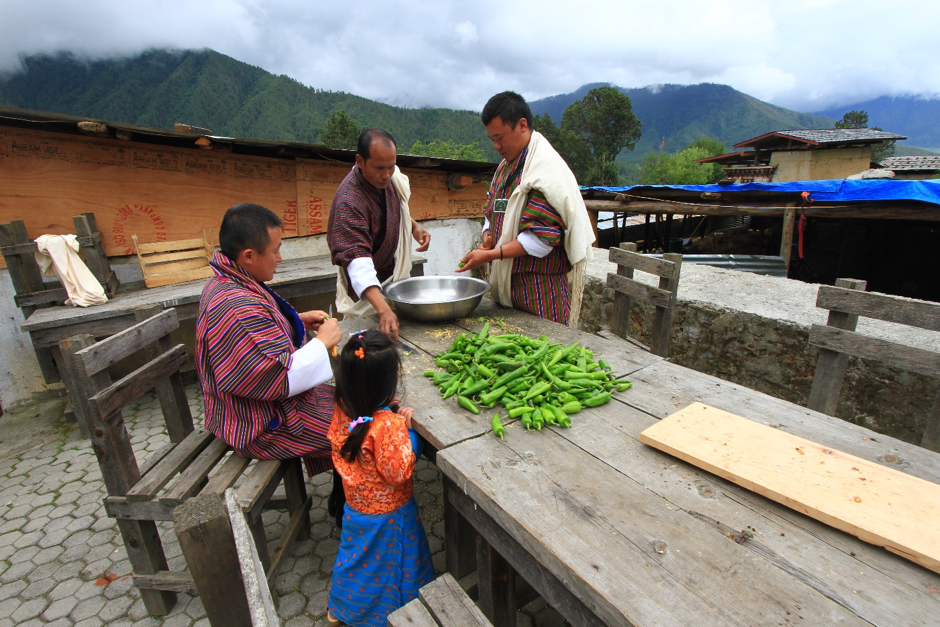
Singapore, too, has tried to do its part for biodiversity conservation. In 2011, Singapore’s National Parks Board built the very first green corridor in Southeast Asia, the EcoLink@BKE, which connects two nature reserves that were divided by an expressway for over 20 years.
Yet, the success of green corridors in Singapore pales in comparison to Bhutan. Biological corridors in Singapore link up highly fragmented and already disturbed habitats, while Bhutan enhances the resilience of its biodiversity by connecting various already pristine nature reserves.
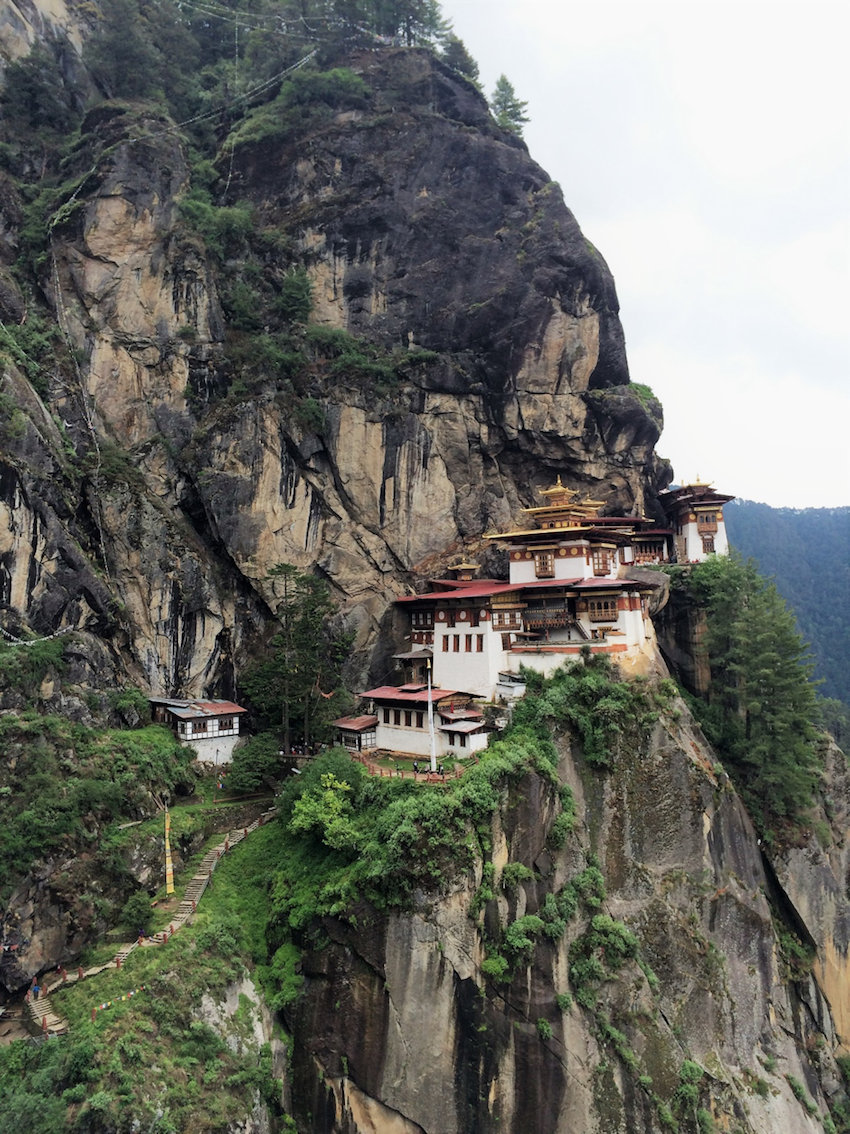
At the crux of Bhutan’s ecological resilience is its ability to build harmonious relationships between nature and society. A section of Bhutan’s constitution reads: “Every Bhutanese is a trustee of the Kingdom’s natural resources and environment for the benefit of the present and future generations and it is the fundamental duty of every citizen to protect the natural environment through the adoption and support of environment friendly practices and policies.”
As we journeyed up the Black-necked crane Valley, endangered golden langurs swung from tree to tree, at ease with our proximity. At the foot of the Paro Valley stood a wooden sign crafted by children of Drukgyel School. It read: “Preserve our rich heritage, do not pollute the surroundings, remember nature is the source of all happiness.”
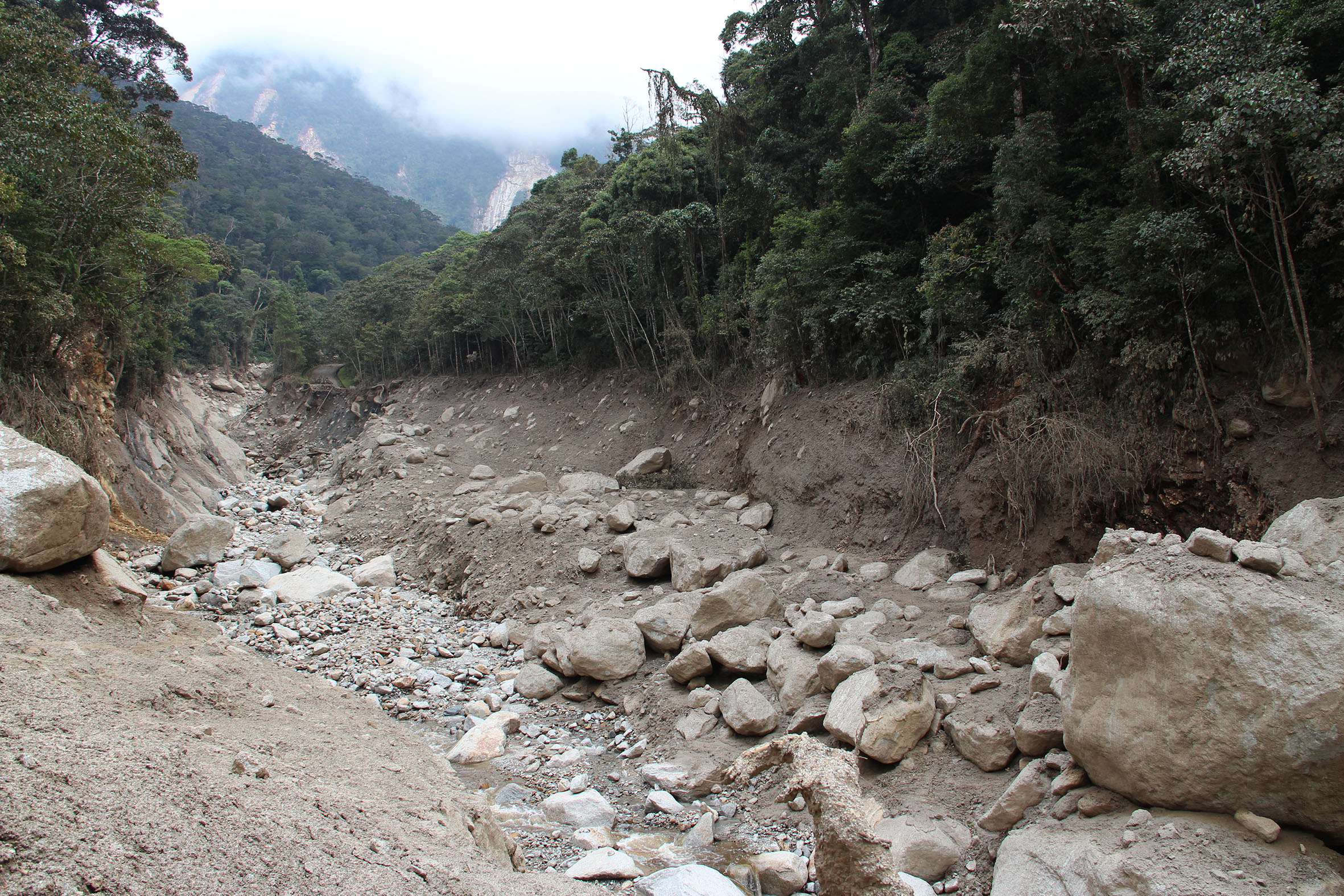
Perhaps sustainability is not about segregating humans from pristine nature, but instead about uniting them within a harmonious socio-ecological system.
Resonance
At daybreak, we met a few Bhutanese civil servants who expressed great admiration for Singapore’s national development. Amidst the generous compliments, out rolled the following question: “But how many Singaporeans are truly happy? You seem to be on a hedonic treadmill, always in pursuit of more material wealth, always dissatisfied. Bhutan might not be very developed but we are very happy here. If we cannot be happy, what is the point of living?”
He stared deeply into my eyes as if daring me to rebut, but I had none to offer. I completely agreed.
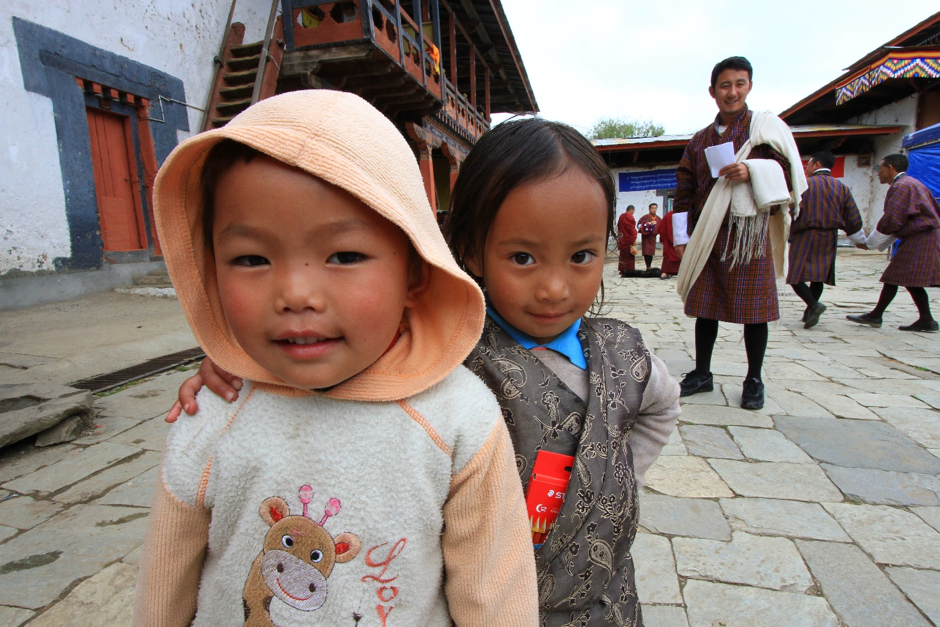
Bhutan is leading the fight against climate change by creating an economic paradigm based on principles of sustainability. It is gradually gaining recognition for paving 'The Middle Path’ – a new model of sustainable economic development that promotes harmonious socio-ecological relationships.
After witnessing Bhutan’s struggle with climate change and their inspiring approaches to sustainable living, it dawned on me that sustainability is a conscious practice of perspective – a choice to live life happily and treat nature with reverence and love.
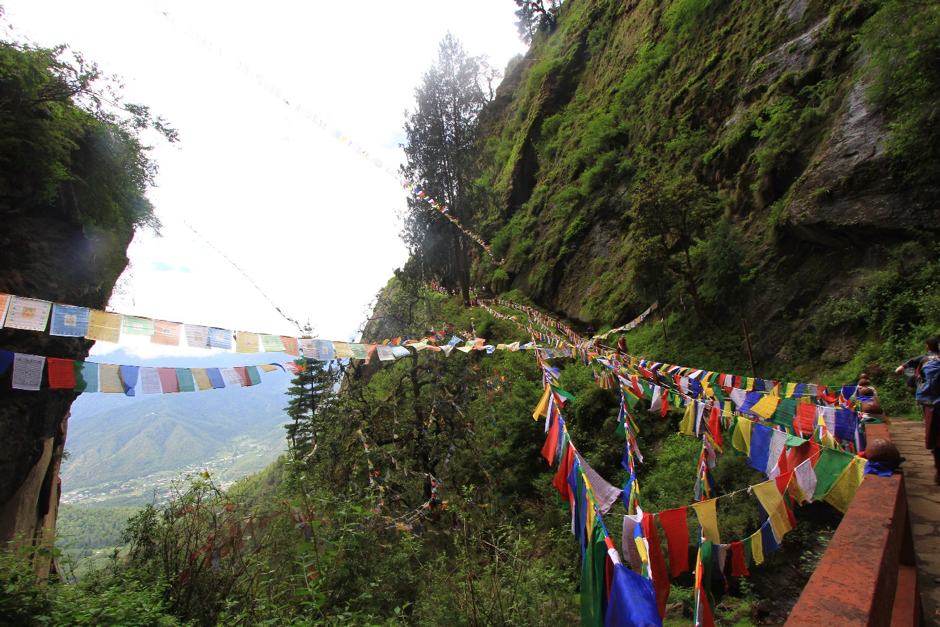
I am now left wondering: Where will Singapore stand in this fight for a sustainable future? Are we ready to embrace Nature as the source of all happiness?